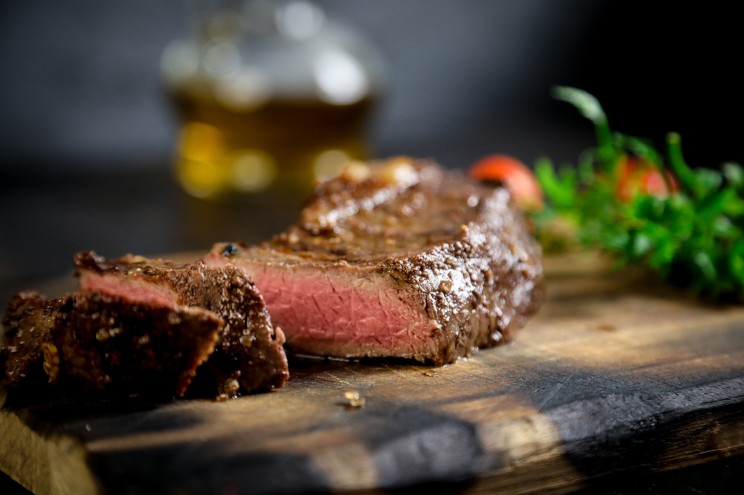By Cassie Fish, http://cassandrafish.com
Packers have harvested 136k fewer cattle in the last 4 weeks than one year ago for the same timeframe. When coupled with the sharp decline of carcass weights compared to a year ago, the U.S. total beef production has fallen sharply too. Last week’s estimated beef production fell below the 5-year average.
This is the beginning of a trend that will persist over the next couple of years but it is the monster decline from this year when compared to last year that will be felt by end users most acutely. When markets adjust to a sharp supply change many times that is when prices experience their greatest change as well. The largest year over year drop in beef production occurred in 1979, which still stands out as the greatest cattle bull market in history.
What is interesting about this bull market is that domestic and global beef demand were record two consecutive years, 2021 and 2022, heading into 2023. The simple demand definition is the industry sold more beef for more money than anytime in history. Plus, consumers and retailers are used to high prices, having been hit with them in 2020, 2021 (record) and 2022 (second highest). Demand for middle meats has been astonishing. Even last week the rib and loin were at record levels for the last week in any February.
Packers were able to pay $163.87/cwt average price for fed cattle last week (and bought 20k head with time), the highest since early 2015 and were still black. Why? Because wholesale beef prices were record high. This is the beginning of this bull market, not the middle. The second half of 2023 has a much more bullish supply outlook than the first half. Yet, December LC is only $4 premium to last week’s cash price.
'The Beef' is published by Consolidated Beef Producers













